Jason Sandford
Jason Sandford is a reporter, writer, blogger and photographer interested in all things Asheville.
A federal judge recently dismissed a lawsuit in U.S. District Court that sought to ban concrete bear pits at Cherokee Bear Zoo on the Eastern Band of Cherokee Indians reservation, according to the Smoky Mountain News, though the judge noted that the pits are far from an ideal habitat for the bears.
And while the dismissal ends a two-year legal battle between two tribal elders and the owners of the Cherokee Bear Zoo, WLOS reports that tribal Chief Patrick Lambert is considering new legislation that would make the pits illegal.
Judge Martin Reidinger issued his decision on March 30, according to the Smoky Mountain News. Last fall, I sat in on the last day of testimony in the trial, which was held in courtroom in Asheville. On that day, the two sides were continuing arguments over just how bad the concrete pits for bears were, as well as whether or not the bears were, in fact, grizzlies, a federally protected species.
Reidinger ruled that the pits were not ideal, but found that the bears in the pits were not harassed or harmed, as defined by federal law. He also found that several of the bears were grizzlies. From the Smoky Mountain News:
“It appears to be the general consensus of nearly all involved that the pit enclosures at issue are not ideal,” Reidinger wrote. “While such enclosures may have been the standard practice twenty years ago, they are now generally considered archaic … The issue before the Court, however, is not whether the bears could be in a better environment. Undoubtedly they could.” …
While Reidinger agreed that conditions might well be lower than what many people might call “good enough,” he ruled that they weren’t poor enough to meet the definition of “harming” or “harassing” the bears — actions that can cause the ESA to kick in. “Harm” is defined as an action that actually kills or injures the wildlife; “a mere potential for future injury is insufficient to establish a ‘harm,’” Reidinger wrote. Likewise, “harassment” applies to situations in which animal husbandry practices fall below the minimum standards of the federal Animal Welfare Act.
The Cherokee Bear Zoo meets those minimum standards, having never had seen its license from the U.S. Department of Agriculture suspended or revoked, but the plaintiffs did their best to show that the zoo fails when set alongside industry standards considered “generally acceptable.” For instance, testified animal behaviorist Else Poulson, the enclosures aren’t large enough to meet North Carolina’s state standards — those standards don’t govern facilities on tribal lands. Public feeding, which is allowed at Cherokee Bear Zoo, is prohibited under standards from the Association of Zoos and Aquariums, but the bear zoo is not accredited with that organization. The lack of shade structures, high walls preventing airflow from wind and lack of enrichment activities also fall outside of what would be considered “generally accepted” by those in the industry, Poulson testified.
Click over to read the full story.
Image link for Cherokee Bear Zoo concrete pit.



























This hellhole is a stain on the Cherokee people, and the majority of Cherokee I have spoken with agree. I am encouraged to read that Chief Lambert is considering new legislation to relegate this cruelty to the history books.